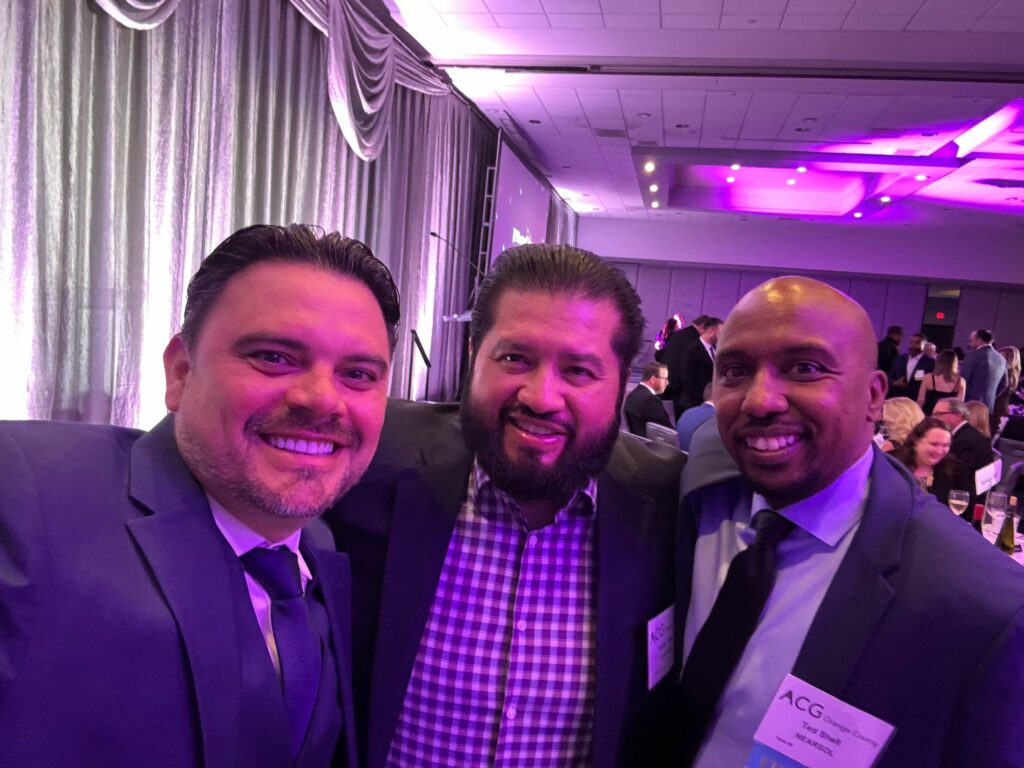White Label BPO 2.0: Scaling Boldly Without Breaking Things
The white-label BPO model isn’t just a tactical solution anymore—it’s a strategic engine. If the first wave of outsourcing was about doing more for less, then this second wave is about doing better with precision.
Previous articles laid the foundation—brand immersion, flexibility, control—but now, let’s go further. Let’s dig into what happens when white-label outsourcing is fully realized—not just as a service model, but as a competitive advantage.
Because here’s the truth: The brands dominating their categories right now? Many have white-label support operations you’ve never heard of. And that’s the point.
1. The Evolution of White Label: From Cost Center to Value Engine
Outsourcing used to be the business equivalent of sweeping things under the rug—“Let someone else handle it.” But white-label outsourcing flipped the script.
This isn’t about hiding the mess. It’s about designing support experiences that are indistinguishable from your in-house gold standard, and then scaling them globally, intelligently, and fast.
The most progressive white-label operations now:
Use NLP and AI to predict customer moods before a word is typed.
Mirror your tone, policy, and brand ethos at every touchpoint.
Share insights across the organization, becoming CX’s secret R&D arm.
Clients aren’t just outsourcing anymore—they’re extending themselves. The providers, like NEARSOL and CXperts, aren’t just vendors. They’re embedded collaborators.
2. Embedded Intelligence: Your Agents, Now With 20/20 Foresight
Today’s white-label teams aren’t just trained on your product. They’re embedded with contextual intelligence tools that supercharge every interaction.
Imagine this:
A customer starts a chat about a delayed shipment.
The agent sees not just the tracking info, but the customer’s sentiment from past calls, social comments, and buying behavior.
The system nudges the agent: “Offer a 10% refund—this customer churns if frustrated twice in a quarter.”
That’s not just support. That’s retention engineering. And it’s happening today in forward-looking BPO environments.
3. Multi-Lingual, Multi-Time Zone, Single Brand Voice
It’s not enough to be global. You have to sound local—and feel uniform. The best white-label setups are polyglots with a single brain.
Through AI-driven quality checks and cultural training tailored by market, these teams:
Deliver in ten languages.
Operate across five continents.
Speak with one voice—yours.
The result? A seamless customer experience, whether someone’s calling from Berlin at midnight or Manila at noon.
4. Brand Integrity at Scale—With Zero Internal Headcount Bloat
Traditional scaling means hiring managers, HR reps, IT support, and onboarding staff. With a white-label partner, you scale the experience, not the bureaucracy.
Let’s be real—growing a 200-seat team in-house means legal headaches, payroll drama, and culture dilution. But when you white label with a partner who handles all of that—while preserving your tone, your standards, and your metrics—growth becomes a function of will, not bandwidth.
This isn’t theoretical. It’s how mid-sized companies become enterprise giants without burning out their founders or budgets.
5. CX as Product Feedback Loop (The Gold You Didn’t Know You Had)
Your white-label CX team hears the customer more than your engineers, more than your CMO, more than your CEO. That’s not a liability—that’s a treasure trove.
Savvy brands now:
Plug white-label teams into product standups.
Route recurring complaints to UX and dev teams in real-time.
Use support interactions to A/B test language, offers, and onboarding flows.
One NEARSOL client iterated their onboarding screens based on white-label agent insights—and cut activation churn by 40%.
You’re sitting on gold. A smart white-label partner helps you mine it.
6. Culture Engineering: How to Make 10,000 Miles Feel Like 10 Feet
Cultural osmosis doesn’t happen on its own. The best white label setups manufacture it deliberately:
Mission immersion weeks during onboarding.
Cross-training that includes brand storytelling, not just compliance.
Gamified leaderboards tied to brand-aligned behaviors (not just handle time).
If your offshore team understands your “why,” they’ll outperform your in-house team who’s just clocking hours.
We’ve seen white-label agents start internal brand podcasts. Hold trivia nights around product launches. Celebrate brand anniversaries like employees.
Why? Because they don’t feel outsourced. They feel owned.
7. Hyper-Resilience in a World That Breaks Easily
It took a global pandemic to reveal just how brittle many internal CX operations are. Meanwhile, companies with strong white label BPOs barely flinched.
These models already had:
Remote-work continuity plans.
Cloud-based CRM access with role-based security.
Distributed staffing models across politically stable zones.
In short: They were ready. Because resilience isn’t a panic response. It’s a design choice.
The future holds more disruption—economic, environmental, technological. A well-built white-label setup becomes your insurance policy against it all.
8. The Unsexy Truth About Consistency
Let’s face it: consistency doesn’t get enough love. Flashy marketing campaigns win awards. Consistent, white-label-delivered customer experiences win loyalty.
If a customer gets:
The same tone of voice.
The same resolution path.
The same feeling of being heard—no matter where they are…
…then you’ve built a brand fortress. And your white-label partner helped you do it.
It’s not glamorous. But it works.
9. Partner, Not Vendor: The New BPO Relationship
A white-label relationship should feel like co-founding a new department. You don’t just sign contracts—you share roadmaps.
Quarterly business reviews become innovation labs.
Weekly syncs evolve into strategic planning sessions.
SLAs become mutual scorecards, not threats.
If your BPO partner isn’t asking, “What’s your product roadmap?”—you might have a vendor, not a partner.
At CXperts, for example, clients are looped into agent upskilling programs, pilot experiments in customer intent prediction, and feedback loops into generative AI prompt libraries.
This isn’t just support. It’s CX R&D.
10. Metrics That Actually Matter (and a Few That Don’t)
Old-school BPOs still sell on AHT and ticket closure rates. Modern white-label operations? They aim for:
NPS improvement and ticket sentiment.
First contact resolution and emotional intelligence.
Escalation deflection and proactive outreach suggestions.
Your customers don’t care how fast you responded if you gave the wrong answer. They remember how they felt.
Your best metrics aren’t in a spreadsheet. They’re in your brand’s trust equity—and that’s what white-label BPOs can protect.
Own the Experience, Share the Burden
White-label BPO is no longer just an option for budget-conscious startups or enterprise overflow projects. It’s a CX strategy for bold, brand-obsessed companies that want to scale without compromise.
It’s the difference between outsourcing and expanding. Between delegating and partnering. Between customer service and customer loyalty engineering.
And the beauty of it all? Your customers never see it. They just feel it.
So the next time someone asks, “Who handles your support?”—smile and say: We do.
And let your white-label partner keep making that true.
Explore more: NEARSOL’s Insight Blog

NEARSOL is a US-based BPO and service company that offers clients custom-design solutions. With major hubs in Manila and Iloilo, it began operations in 2011 and has since gained a strong presence in the Latin American regions, the Caribbean, and the Asia Pacific, winning many awards for quality and service along the way. Most recent of which is its Great Place to Work-Certified™ Recognition, a global accreditation that tells stakeholders what employees think of the company culture.
Visit our LinkedIn to learn more about our company and our global footprint.





